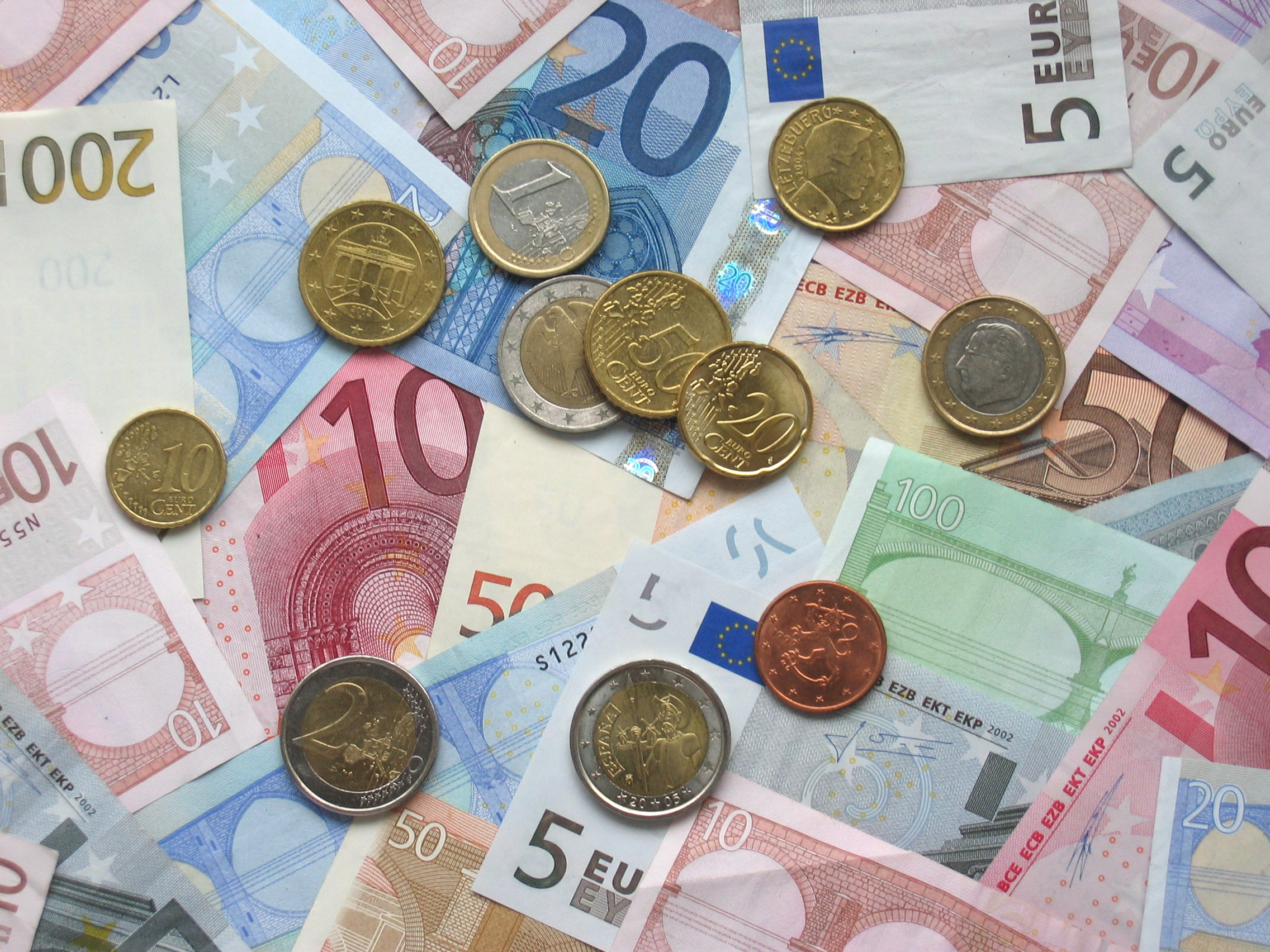The european single currency, euro, Monday 24,appreciated to a 23-month high against the dollar, as investors remained bullish after latest business growth data for July pointed to only a mild slowdown, suggesting the euro-zone economy was still growing at a relatively strong clip.
IHS Markit’s Euro Zone Flash Composite Purchasing Managers’ Index for July, seen as a good guide to economic growth, fell to 55.8 from June’s 56.3, still comfortably above the 50 level that separates growth from contraction.
The data calmed some concerns that the euro’s strength this year has hurt growth prospects in the euro zone.
In a note after the data, Citigroup strategists said “the level of the composite PMI remains high and its sub-components, i.e., strong job creation, firms’ sustained optimism and solid pace of activity in services, suggest continued resilience of the euro area recovery”.
The single currency was trading at $1.16465, slightly below a high of $1.16840 hit earlier in the day, a level last seen in August 2015. It is the best performing pair in the G10 FX space, up more than 10 percent so far this year.
The euro’s rise has also not invited criticism from policymakers, prompting some investment banks to come out with bullish calls. JP Morgan, for example, recommends staying long euros and buy short-dated FX calls vs the U.S dollar.
European Central Bank President Mario Draghi said on Thursday that financing conditions remained broadly supportive, and noted that the euro’s appreciation had “received some attention”. However, he did not cite that as a problem nor did he directly try to talk the currency down.
Derivatives market positioning also paint a bullish outlook for the euro. One year risk-reversals on the euro are nearing their highest levels since October 2009.
In contrast, the U.S. dollar has been hit by softening US yields and weak data, Reuters reports.
Speculative “short” bets against the U.S. dollar reached the highest since February 2013 last week, according to calculations by Reuters and Commodity Futures Trading Commission data released on Friday. “A weaker dollar seems to be the path of least resistance given the soft data coming out of the U.S. and the political uncertainty,” said Michael Hewson, chief markets strategist at CMC Markets in London.Lol














